Home>Furniture & Design>Outdoor Furniture>How To Build Outdoor Dining Furniture
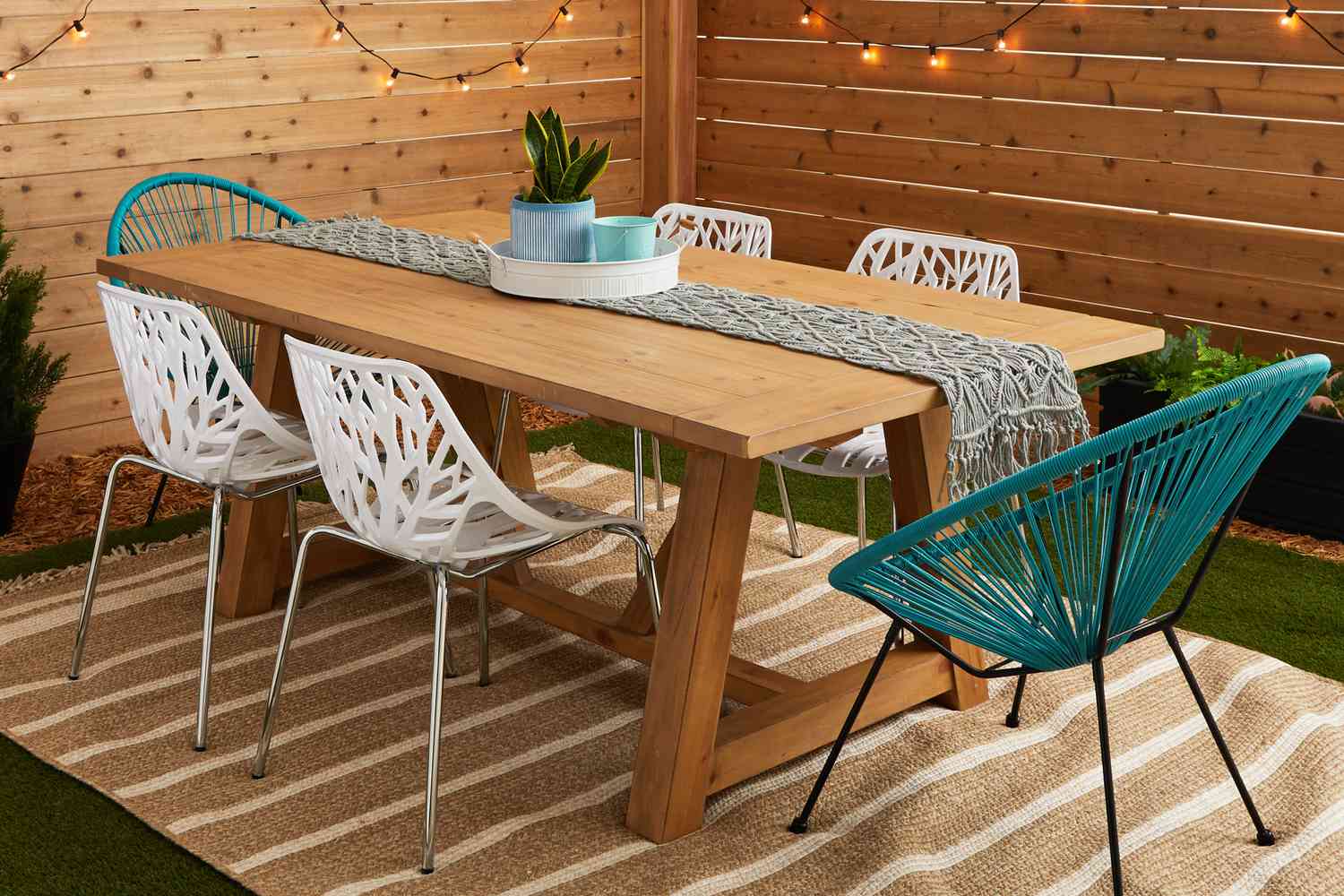

Outdoor Furniture
How To Build Outdoor Dining Furniture
Published: January 11, 2024
Discover expert tips and ideas for creating your own outdoor dining furniture. Get inspired by the latest outdoor furniture designs and start building today!
(Many of the links in this article redirect to a specific reviewed product. Your purchase of these products through affiliate links helps to generate commission for Storables.com, at no extra cost. Learn more)
Introduction
Creating your own outdoor dining furniture can be a rewarding and cost-effective way to enhance your outdoor living space. Whether you're hosting a summer barbecue or simply enjoying a peaceful meal al fresco, having the right furniture can make all the difference. Building your own outdoor dining furniture allows you to customize the design to fit your space and style, while also providing a sense of accomplishment that comes with crafting something with your own hands.
In this comprehensive guide, we will walk you through the process of planning, designing, and building your own outdoor dining furniture. From choosing the right materials to adding the finishing touches, you'll learn everything you need to know to create a beautiful and functional outdoor dining set that will be the envy of all your guests.
So, roll up your sleeves, grab your tools, and let's get started on this exciting DIY adventure!
Key Takeaways:
- Building your own outdoor dining furniture allows you to customize the design to fit your space and style, while also providing a sense of accomplishment that comes with crafting something with your own hands.
- By carefully planning, selecting the right materials, and applying skilled craftsmanship, you can create durable and resilient outdoor dining furniture that enhances your outdoor living experience.
Read more: How To Build Outdoor Furniture
Planning and Designing Your Outdoor Dining Furniture
Before diving into the construction process, it’s essential to carefully plan and design your outdoor dining furniture. Start by envisioning the overall look and feel you want to achieve. Consider the size of your outdoor space, the number of people you intend to accommodate, and the style that best complements your outdoor decor.
Sketch out your ideas on paper or use a design software to create a visual representation of your outdoor dining set. This will help you finalize the dimensions, layout, and details of the furniture pieces. Take into account the ergonomics of seating and the functionality of the table, ensuring that your design promotes comfort and convenience.
When planning, also think about the versatility of your furniture. Will it be used for casual family dinners, formal gatherings, or both? This will influence the shape and size of the table and chairs. Additionally, consider any special features you may want to incorporate, such as built-in storage, umbrella holes, or adjustable elements.
Furthermore, take the climate and weather conditions into account. If your outdoor space is exposed to the elements, you’ll need to select materials and finishes that can withstand outdoor exposure, such as moisture, sunlight, and temperature variations.
Lastly, think about the flow of your outdoor dining area. Ensure that the placement of the furniture allows for easy movement and encourages social interaction among guests. By carefully planning and designing your outdoor dining furniture, you can create a functional and aesthetically pleasing space that enhances your outdoor living experience.
Choosing the Right Materials
When it comes to building outdoor dining furniture, selecting the right materials is crucial for ensuring durability and longevity. The chosen materials should not only withstand the outdoor elements but also complement the overall aesthetic of your outdoor space.
For the structure of the furniture, consider using weather-resistant woods such as teak, cedar, or redwood. These woods possess natural oils and resins that make them highly resistant to decay, insects, and moisture, making them ideal for outdoor use. Alternatively, you can opt for pressure-treated lumber or synthetic materials like marine-grade polymer, which offer excellent durability and low maintenance.
For the tabletop, stone, concrete, or stainless steel are popular choices due to their resilience and ability to withstand varying weather conditions. These materials also provide a sleek and modern look to your outdoor dining set. If you prefer a more traditional aesthetic, hardwoods like teak or cedar can also be used for tabletops, provided they are properly sealed and maintained to prevent warping or discoloration.
When it comes to seating, outdoor-grade cushions and fabrics are essential for comfort and longevity. Look for fabrics that are UV-resistant, mold-resistant, and easy to clean. Aluminum, stainless steel, or powder-coated steel are excellent choices for chair frames, as they offer durability and resistance to corrosion.
Additionally, consider hardware and fasteners that are specifically designed for outdoor use, such as stainless steel or galvanized screws and bolts, to prevent rust and corrosion over time.
Before making any purchases, it’s important to thoroughly research and understand the maintenance requirements of the materials you choose. Some materials may require regular sealing, staining, or protective coatings to prolong their lifespan and maintain their appearance.
By carefully selecting weather-resistant materials that align with your design vision, you can ensure that your outdoor dining furniture not only looks stunning but also stands the test of time in the great outdoors.
Building the Table
The table is the centerpiece of any outdoor dining set, providing a gathering place for meals, conversations, and cherished memories. Building a sturdy and visually appealing table requires attention to detail and the right construction techniques.
Start by selecting the appropriate dimensions for your table based on the available space and the number of people you wish to accommodate. Whether you prefer a rectangular, square, or round table, ensure that there is ample room for each diner to sit comfortably and move freely around the table.
For the tabletop, if you opt for wood, consider using weather-resistant hardwoods such as teak or cedar. Alternatively, stone or concrete can be used for a more contemporary and durable surface. Ensure that the tabletop is smooth, level, and properly sealed to prevent water penetration and staining.
The table base should provide stability and support for the tabletop. Depending on your design preference, you can construct a solid wood base, utilize metal legs, or create a combination of materials for a unique look. Pay close attention to the joinery and fastening methods to ensure the base is secure and able to withstand the weight of the tabletop and frequent use.
When assembling the table, use weather-resistant hardware and consider incorporating features such as umbrella holes for added functionality. Additionally, if your design includes extensions for accommodating larger gatherings, ensure that the extension mechanism is smooth and easy to operate.
Finally, sand the table surfaces thoroughly and apply a protective finish that is suitable for outdoor use. Whether it’s a marine-grade varnish for wood or a weather-resistant sealant for stone or concrete, the finish will enhance the table’s appearance and protect it from the elements.
By paying attention to the construction details and utilizing durable materials, you can create a stunning and robust table that will serve as the focal point of your outdoor dining area for years to come.
When building outdoor dining furniture, use weather-resistant materials like cedar or teak to ensure durability and longevity. These materials can withstand the elements and require minimal maintenance.
Constructing the Chairs
Chairs are an essential component of any outdoor dining set, providing comfort and style for your guests as they gather around the table. Constructing sturdy and inviting chairs involves careful attention to design, materials, and craftsmanship.
Begin by selecting a chair design that complements the overall aesthetic of your outdoor space. Whether you prefer a classic slatted design, a modern streamlined look, or a more intricate and decorative style, ensure that the chairs align with the visual theme of the table and the surrounding environment.
When it comes to materials, opt for weather-resistant woods such as teak, cedar, or pressure-treated lumber for the chair frames. These woods offer durability and natural resistance to decay and insects, making them well-suited for outdoor use. Alternatively, aluminum or steel frames with weather-resistant finishes can provide a contemporary and low-maintenance option.
For the seat and backrest, consider using outdoor-grade cushions or durable, weather-resistant fabrics that provide both comfort and longevity. Ensure that the cushions are easy to clean and resistant to fading, mold, and mildew, especially if your outdoor space is exposed to sunlight and moisture.
The construction of the chairs should prioritize stability and strength. Pay close attention to joinery techniques, such as mortise and tenon or dowel joints, to ensure that the chairs are solid and capable of supporting the weight of the occupants. Additionally, consider ergonomics to provide optimal comfort for extended periods of sitting.
Once the structural components are in place, sand the chair surfaces thoroughly and apply a weather-resistant finish to protect the wood or metal from the elements. The finish should not only enhance the appearance of the chairs but also provide a barrier against moisture and UV exposure.
By constructing chairs that are both resilient and inviting, you can create a welcoming and comfortable outdoor dining experience for you and your guests.
Read more: How To Build An Outdoor Dining Table
Finishing Touches and Maintenance
Completing the construction of your outdoor dining furniture is just the beginning. Adding the finishing touches and implementing a maintenance routine are essential steps to ensure the longevity and visual appeal of your creations.
Once the furniture pieces are assembled, take the time to inspect all surfaces and edges for any rough spots or sharp edges. Sand down any rough areas and ensure that all corners and edges are smooth to the touch, promoting safety and comfort for users.
Consider adding personal touches such as decorative carvings, custom engravings, or a personalized finish to infuse your outdoor dining furniture with character and uniqueness. These details can transform your creations into distinctive pieces that reflect your personal style and creativity.
When it comes to maintenance, establish a regular cleaning and inspection routine to keep your outdoor dining furniture in top condition. Depending on the materials used, cleaning methods may vary. For wooden furniture, regular cleaning and reapplication of weather-resistant finishes are essential to protect the wood from moisture and UV exposure. Metal furniture may require occasional spot treatments for rust prevention, while cushions and fabrics should be cleaned according to the manufacturer’s recommendations.
During seasonal changes, consider storing cushions and fabrics in a dry, well-ventilated area to prevent mold and mildew growth. Additionally, inspect all hardware and fasteners for signs of corrosion or wear, tightening or replacing them as needed to maintain structural integrity.
Finally, consider investing in protective covers or storage solutions to shield your outdoor dining furniture from harsh weather conditions when not in use. Covering the furniture during inclement weather can significantly extend its lifespan and reduce the frequency of maintenance and repairs.
By adding thoughtful finishing touches and implementing a proactive maintenance regimen, you can ensure that your outdoor dining furniture remains beautiful, functional, and inviting for years to come.
Conclusion
Embarking on the journey of building your own outdoor dining furniture is a fulfilling endeavor that allows you to create a personalized and inviting space for outdoor gatherings and relaxation. By carefully planning, selecting the right materials, and applying skilled craftsmanship, you can bring your vision to life and enjoy the fruits of your labor for years to come.
Through the process of planning and designing, you have the opportunity to tailor your outdoor dining furniture to perfectly suit your space, style, and functional needs. Whether it’s a spacious table for large family gatherings or a cozy bistro set for intimate meals, your creations can enhance the outdoor living experience and become a focal point of your outdoor oasis.
Choosing the right materials is paramount in ensuring the durability and resilience of your furniture. By selecting weather-resistant woods, durable metals, and high-quality finishes, you can create furniture pieces that withstand the elements and maintain their beauty over time.
Building the table and chairs requires attention to detail and craftsmanship. From the structural integrity of the table to the comfort and stability of the chairs, each component plays a vital role in creating a functional and aesthetically pleasing dining set.
Adding the finishing touches and implementing a maintenance routine ensures that your outdoor dining furniture remains in top condition. Personalizing your creations and caring for them regularly will preserve their beauty and functionality, allowing you to enjoy memorable moments with family and friends in a welcoming outdoor setting.
As you wrap up your DIY journey, take pride in the fact that you have not only built beautiful and functional outdoor dining furniture but also created a space where cherished memories will be made for years to come.
So, as you sit back and admire your handiwork, bask in the satisfaction of knowing that you have crafted a space that embodies your creativity, craftsmanship, and love for outdoor living.
Frequently Asked Questions about How To Build Outdoor Dining Furniture
Was this page helpful?
At Storables.com, we guarantee accurate and reliable information. Our content, validated by Expert Board Contributors, is crafted following stringent Editorial Policies. We're committed to providing you with well-researched, expert-backed insights for all your informational needs.
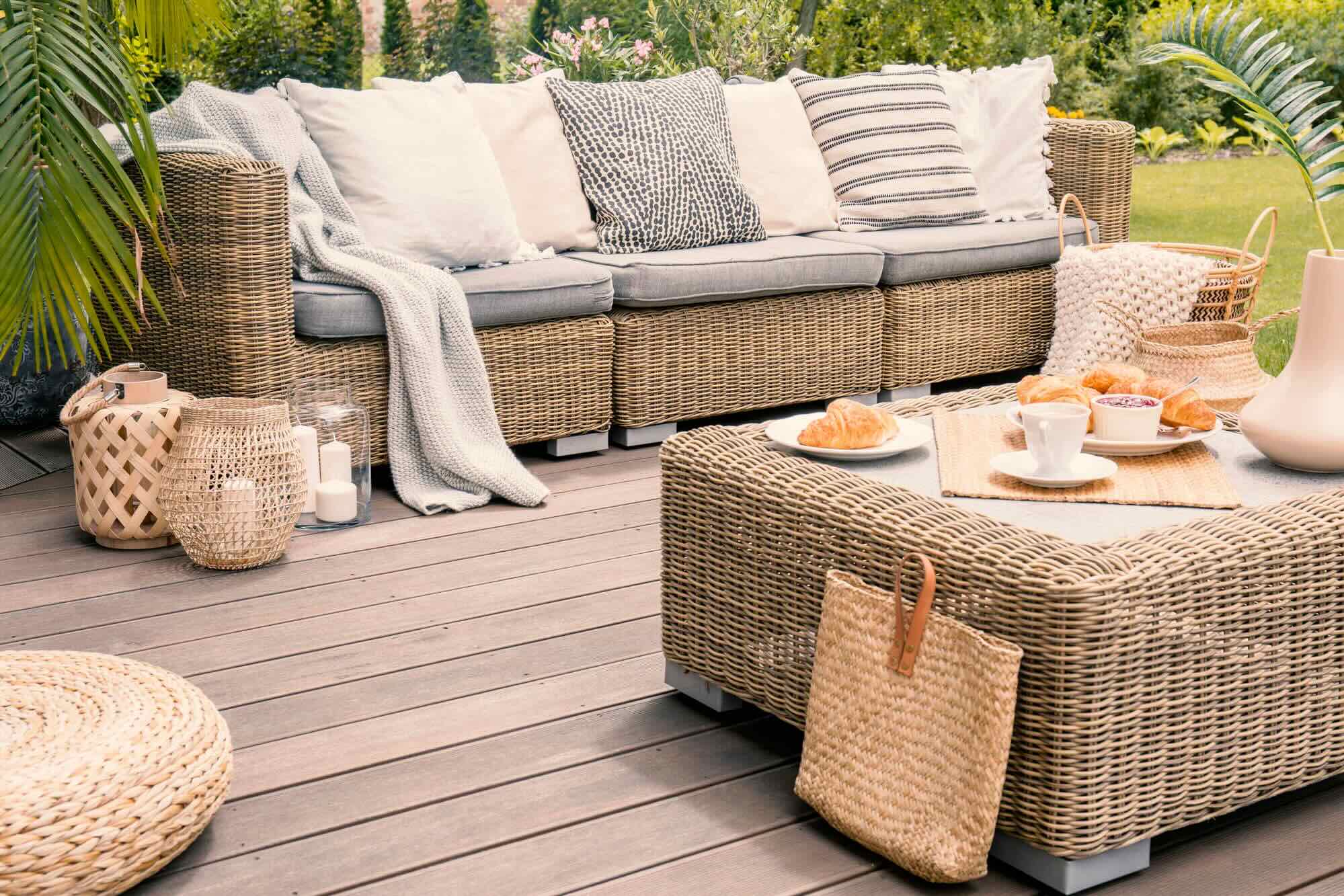
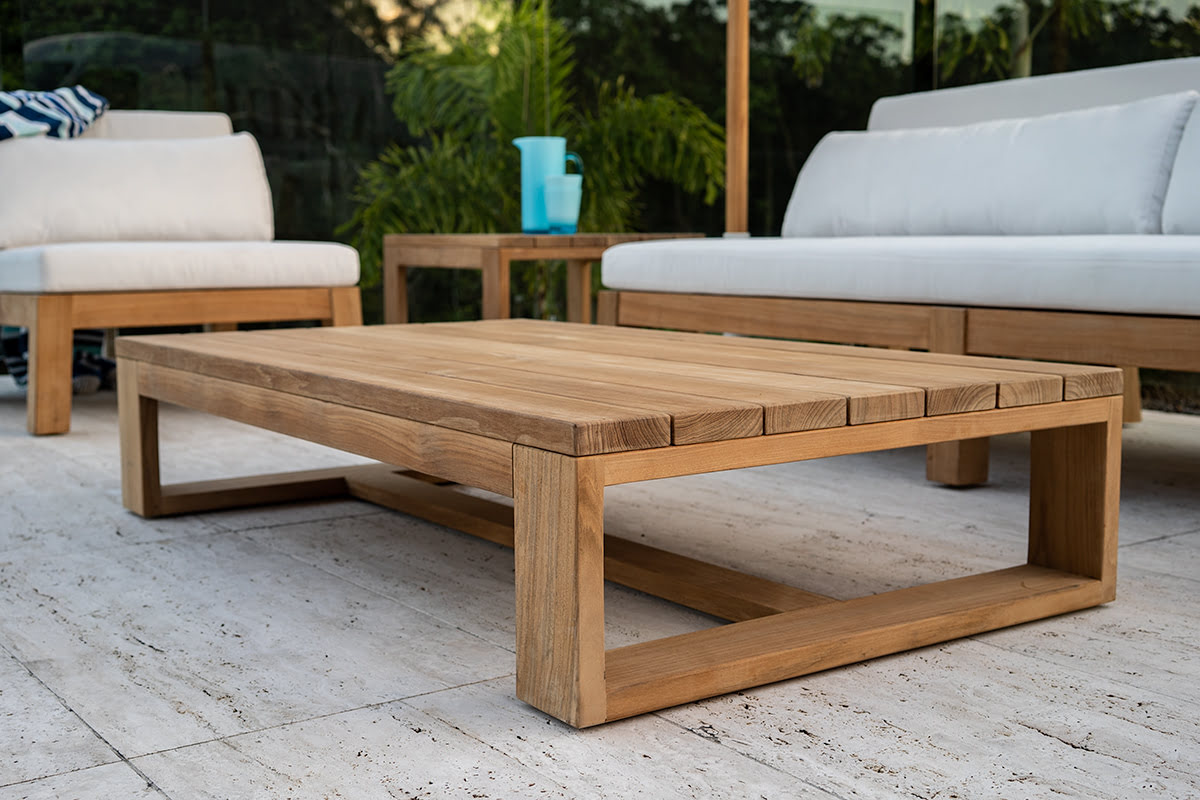
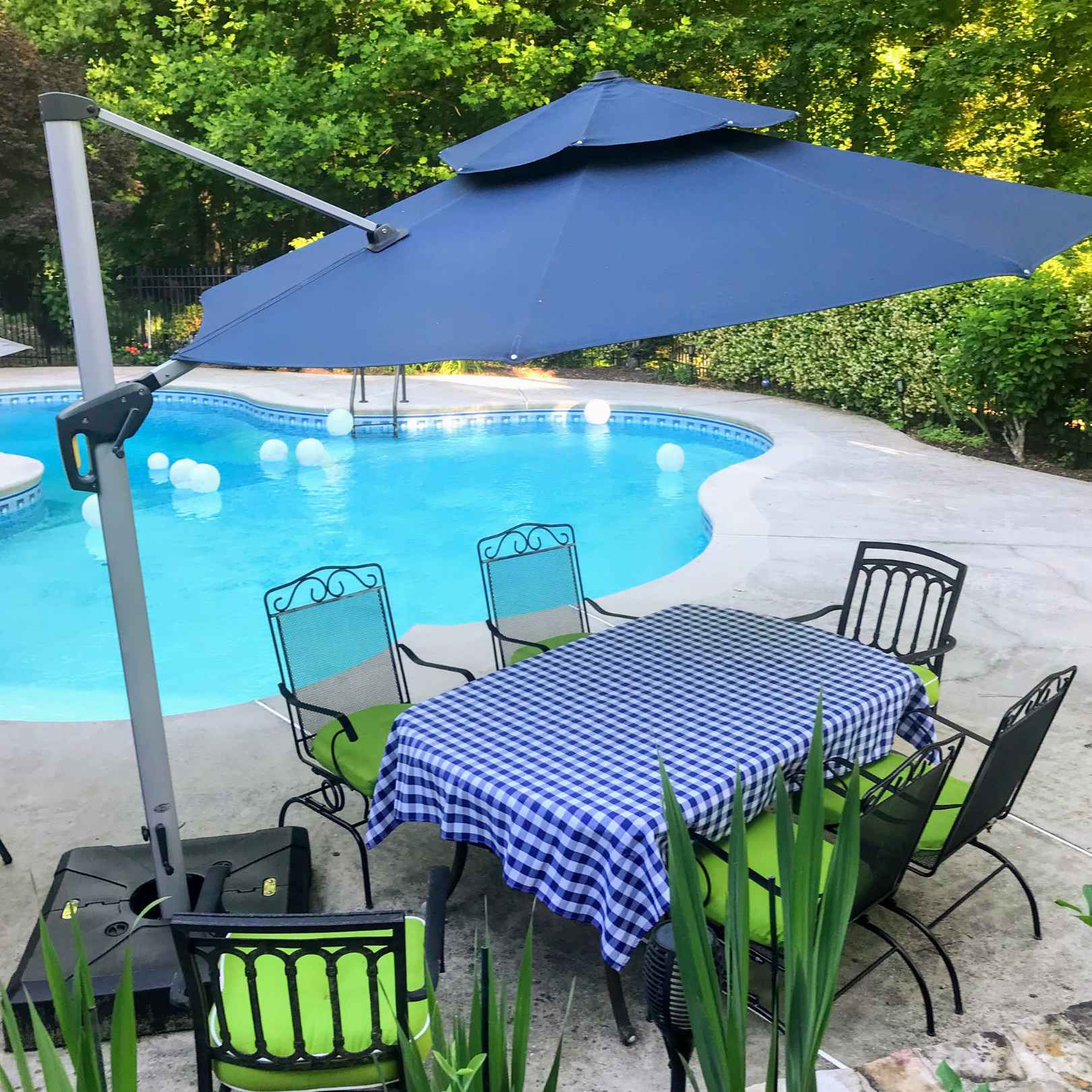
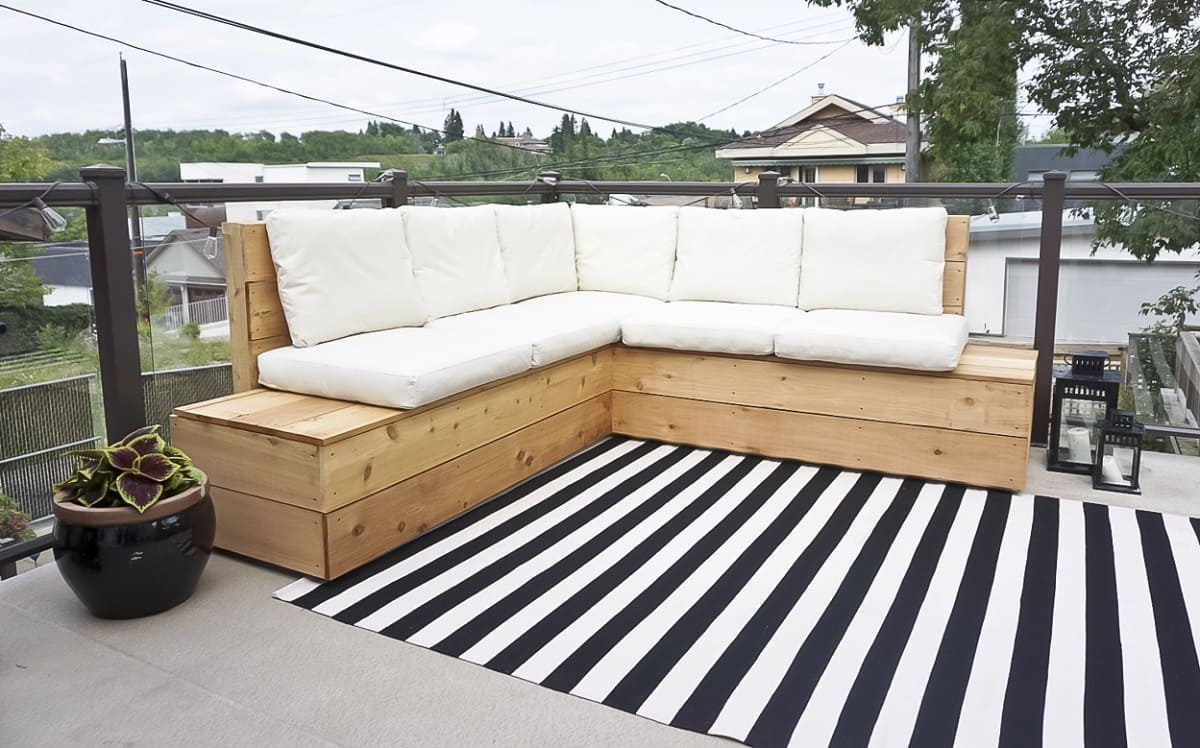
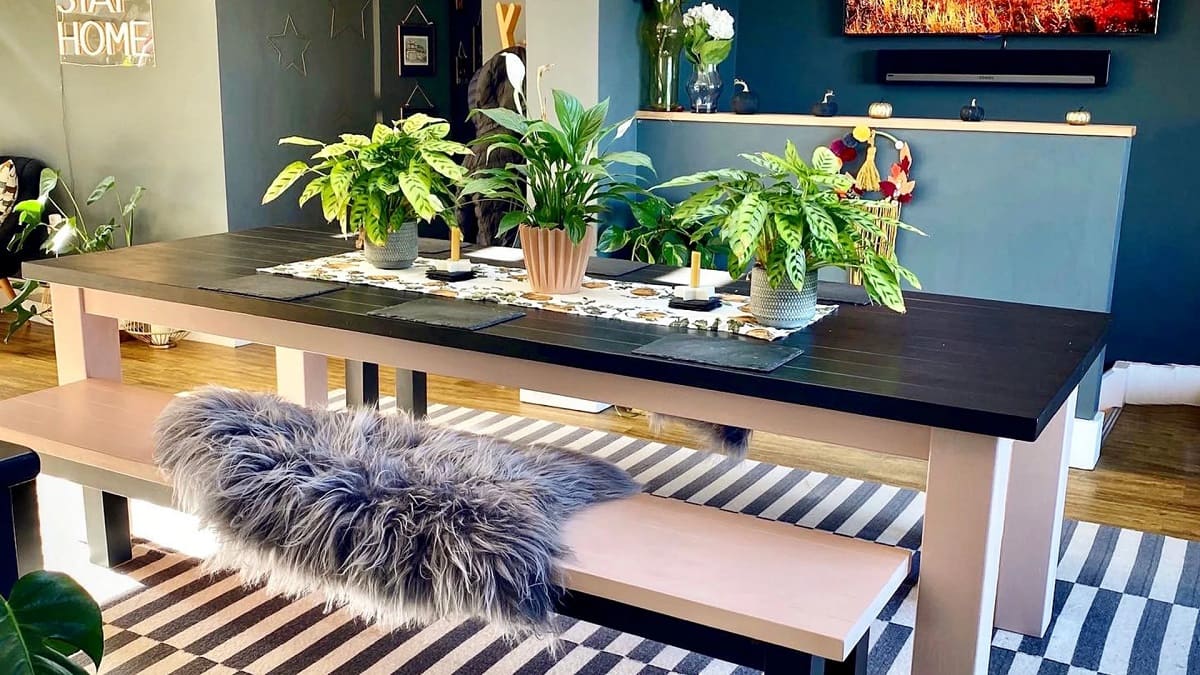
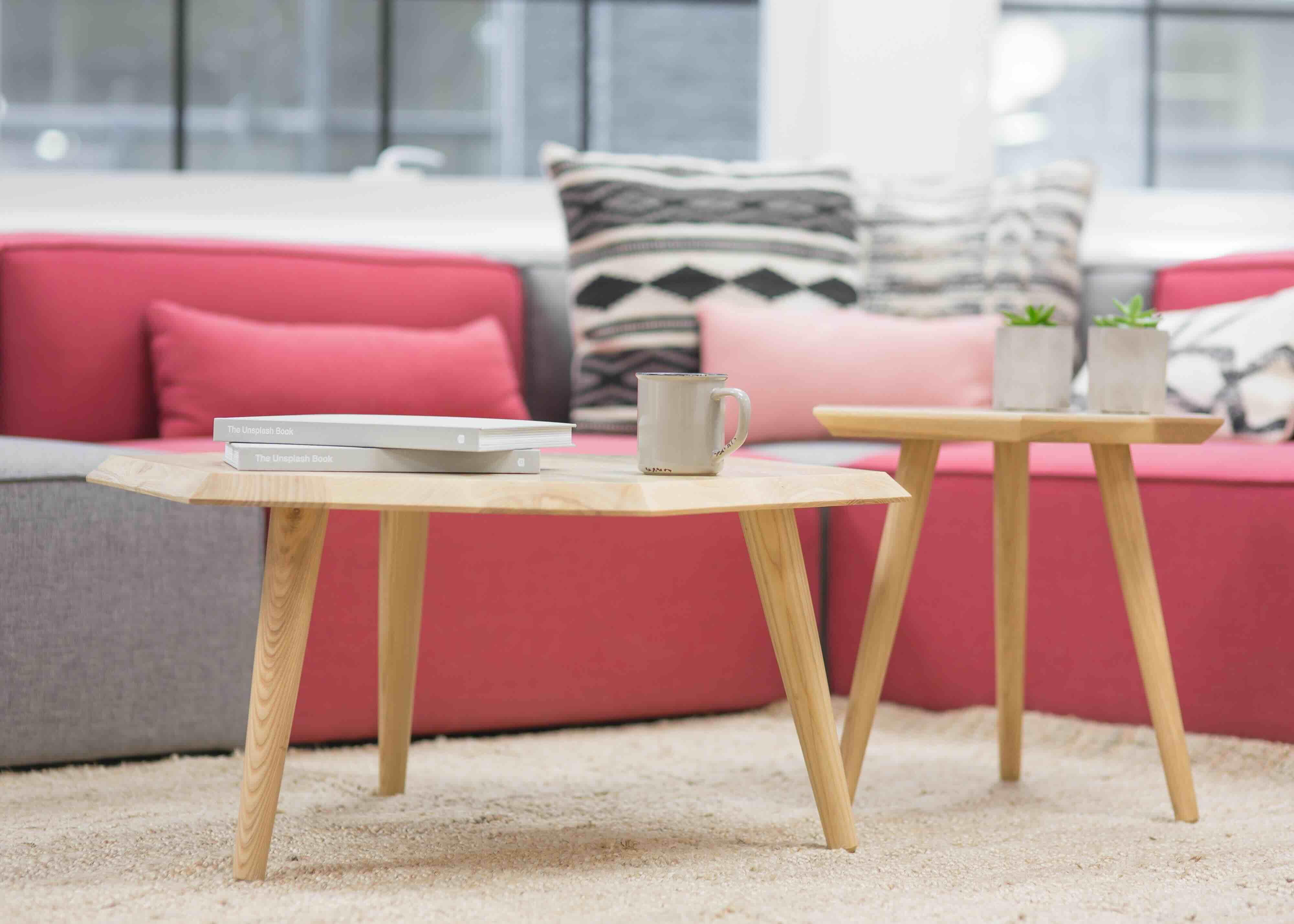
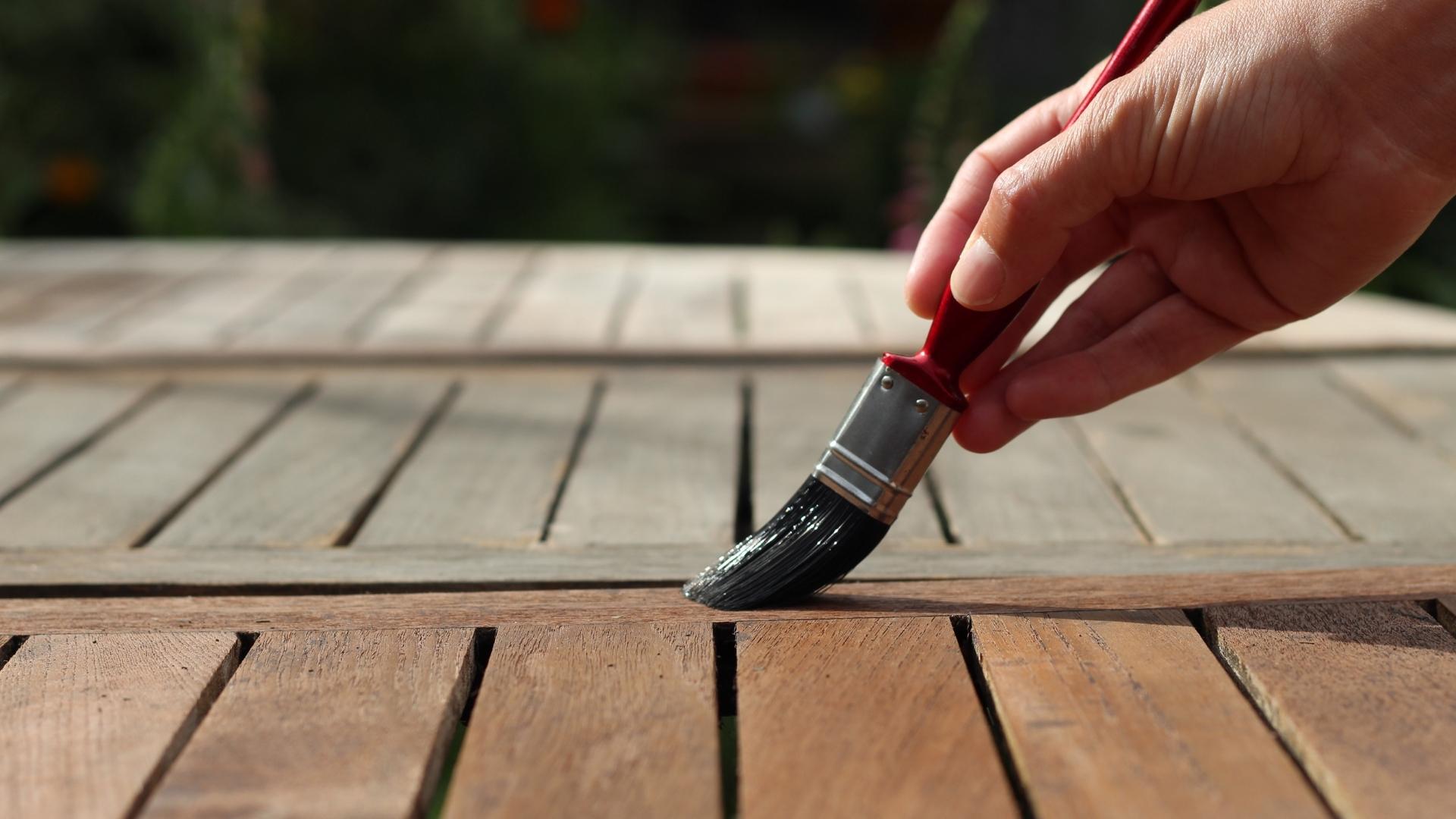
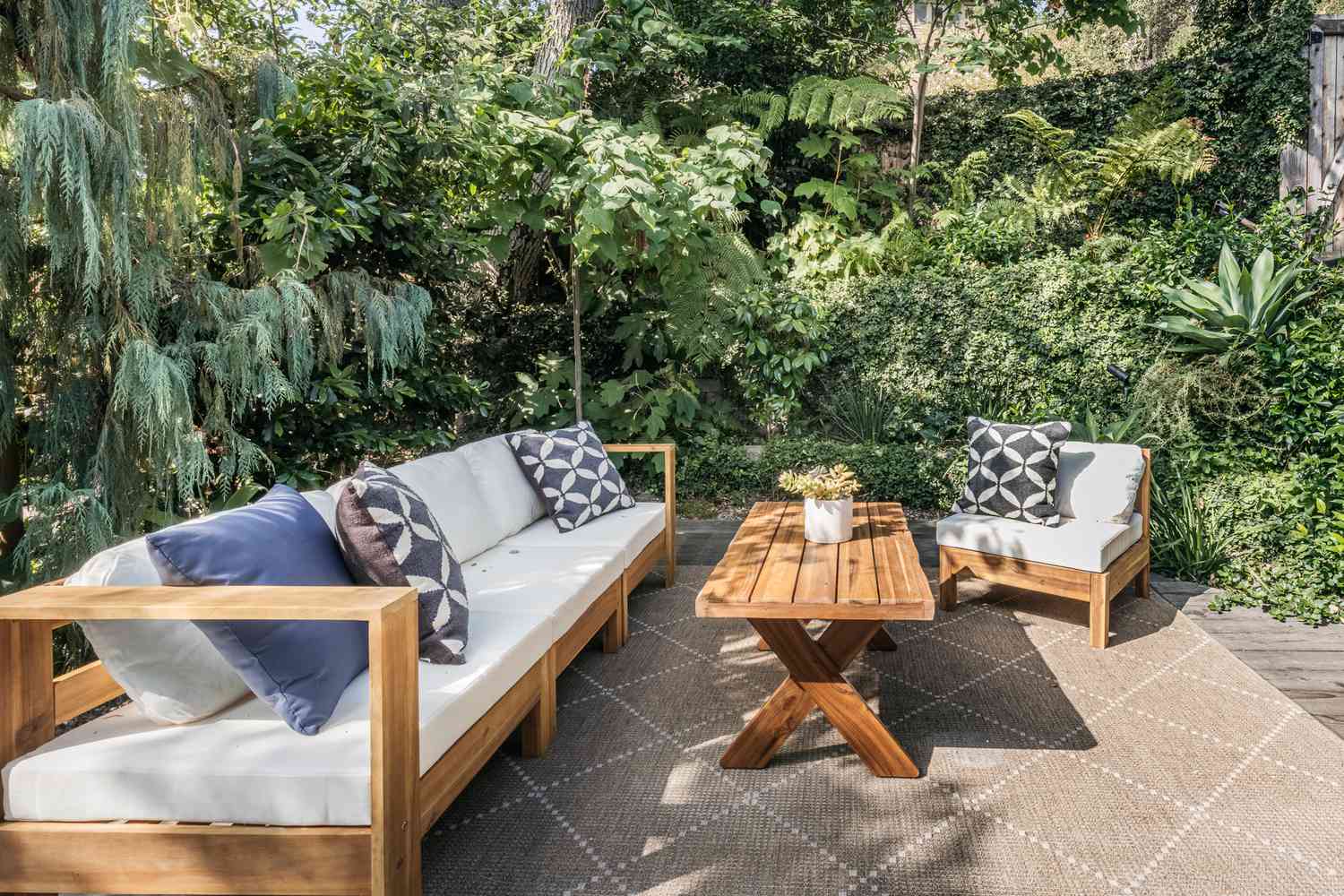
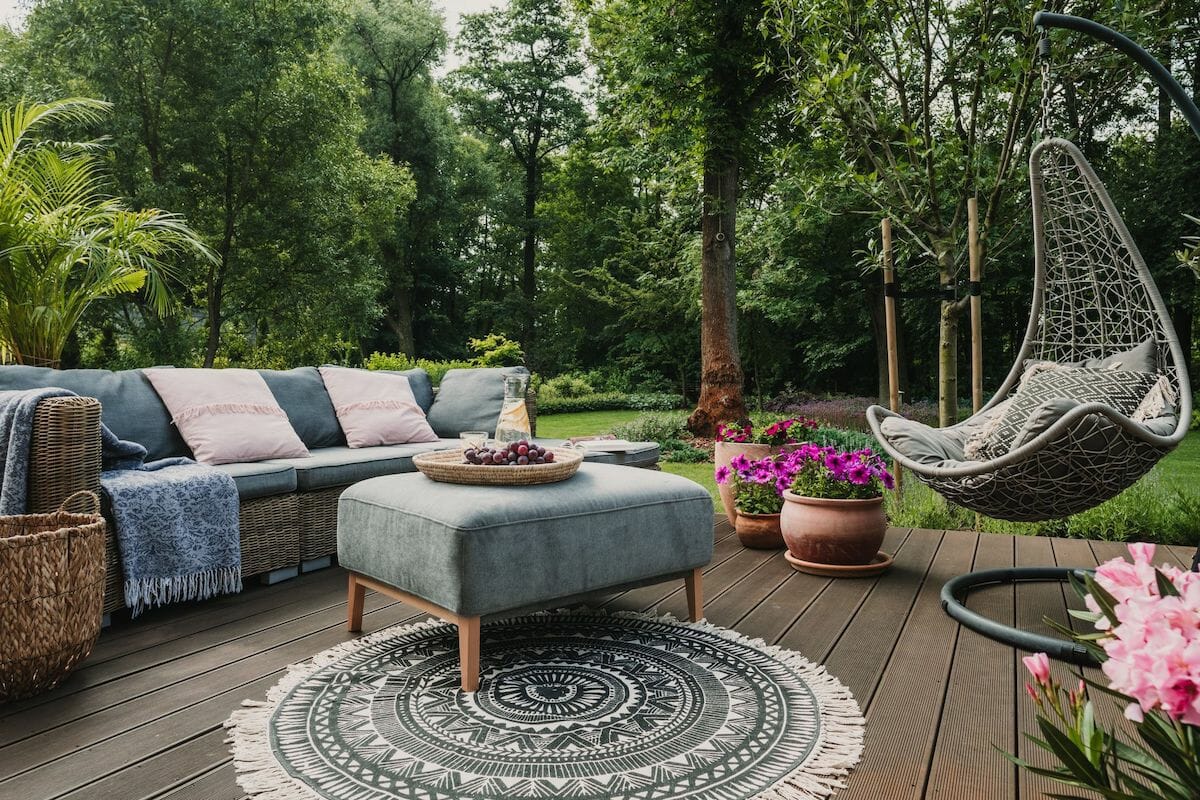
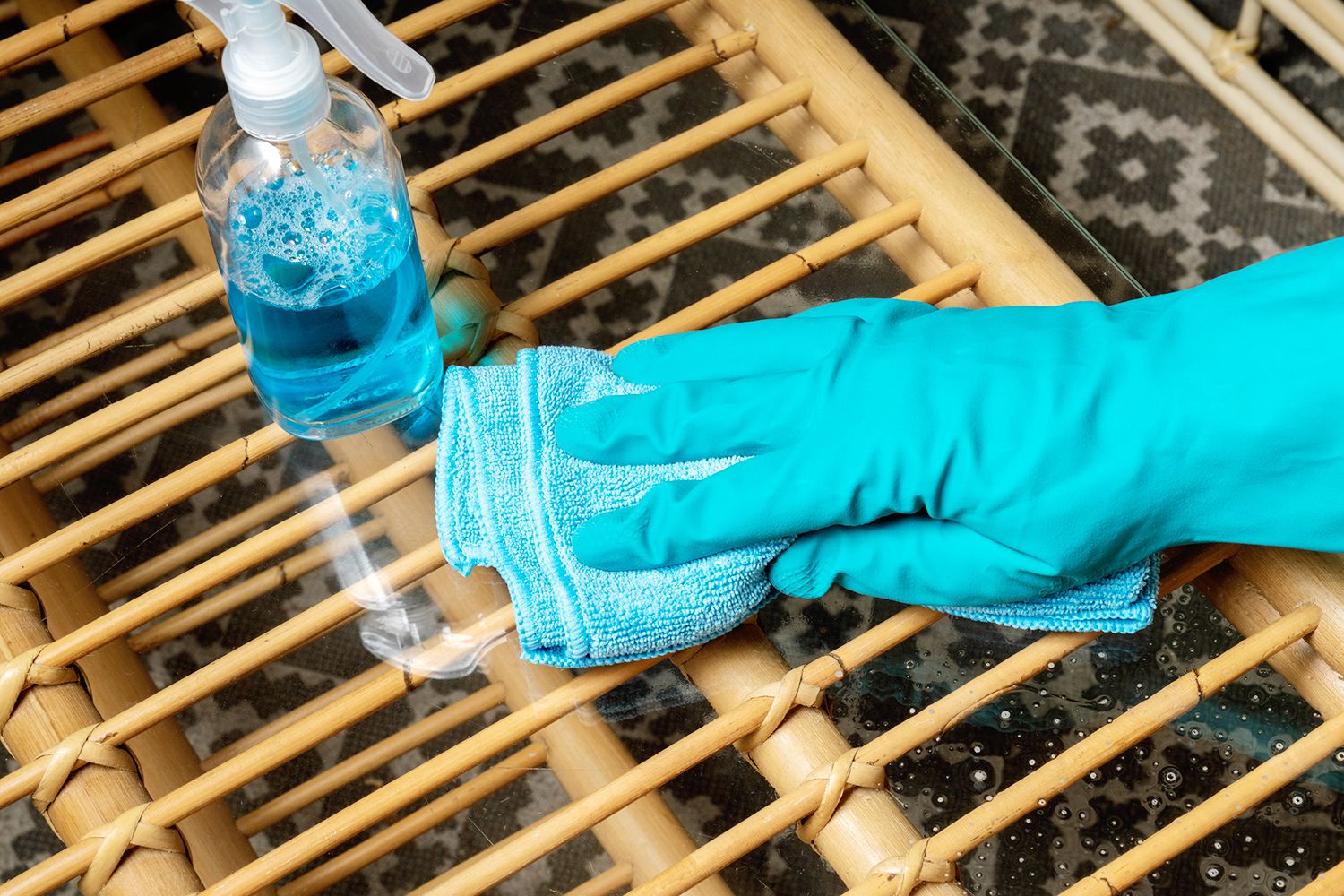
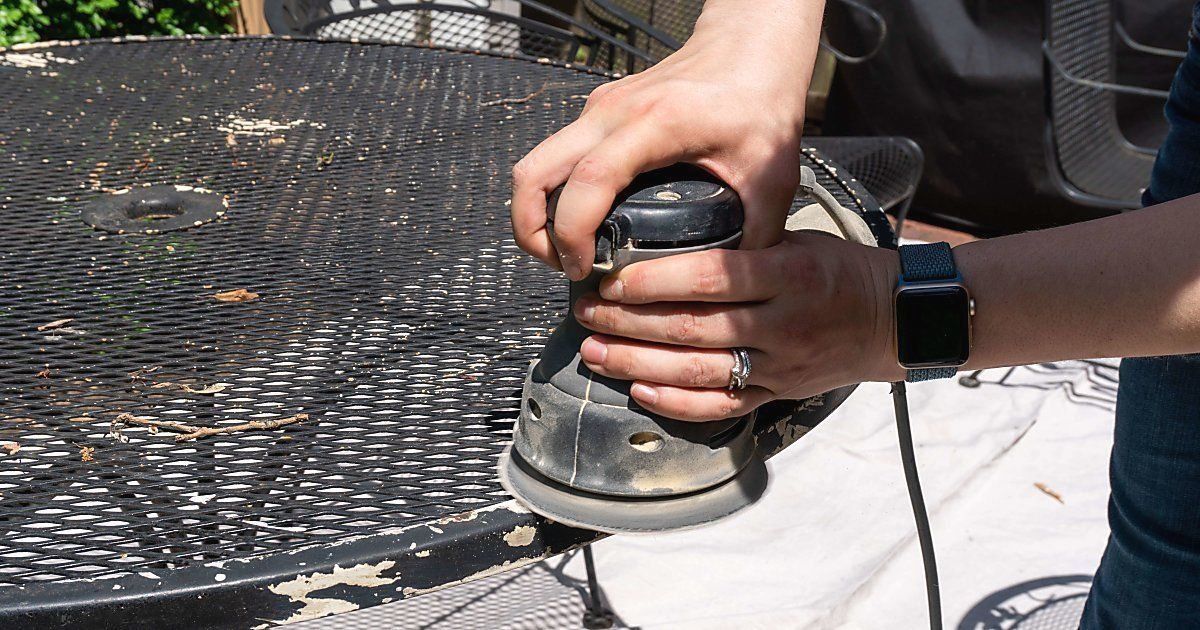
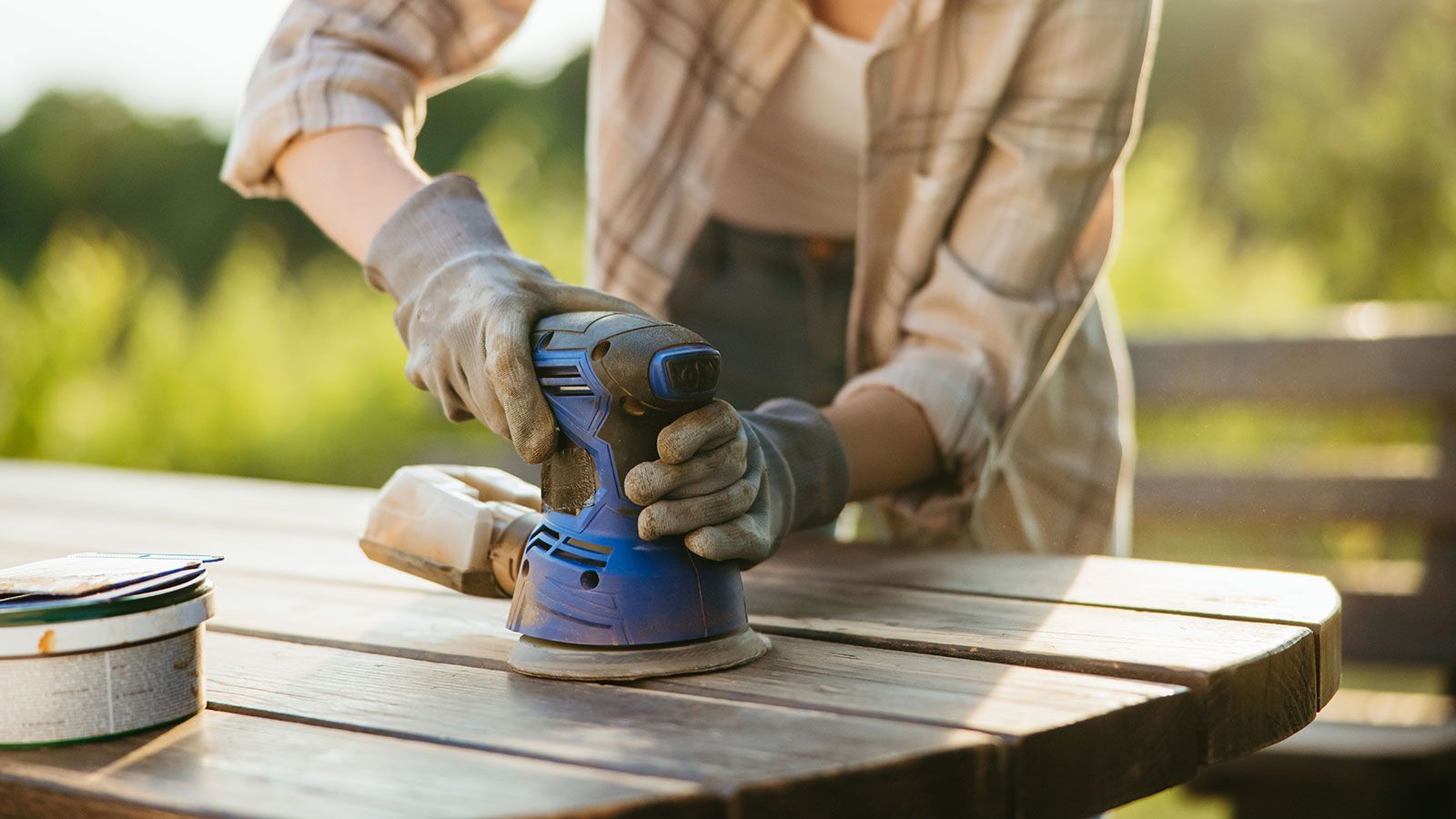
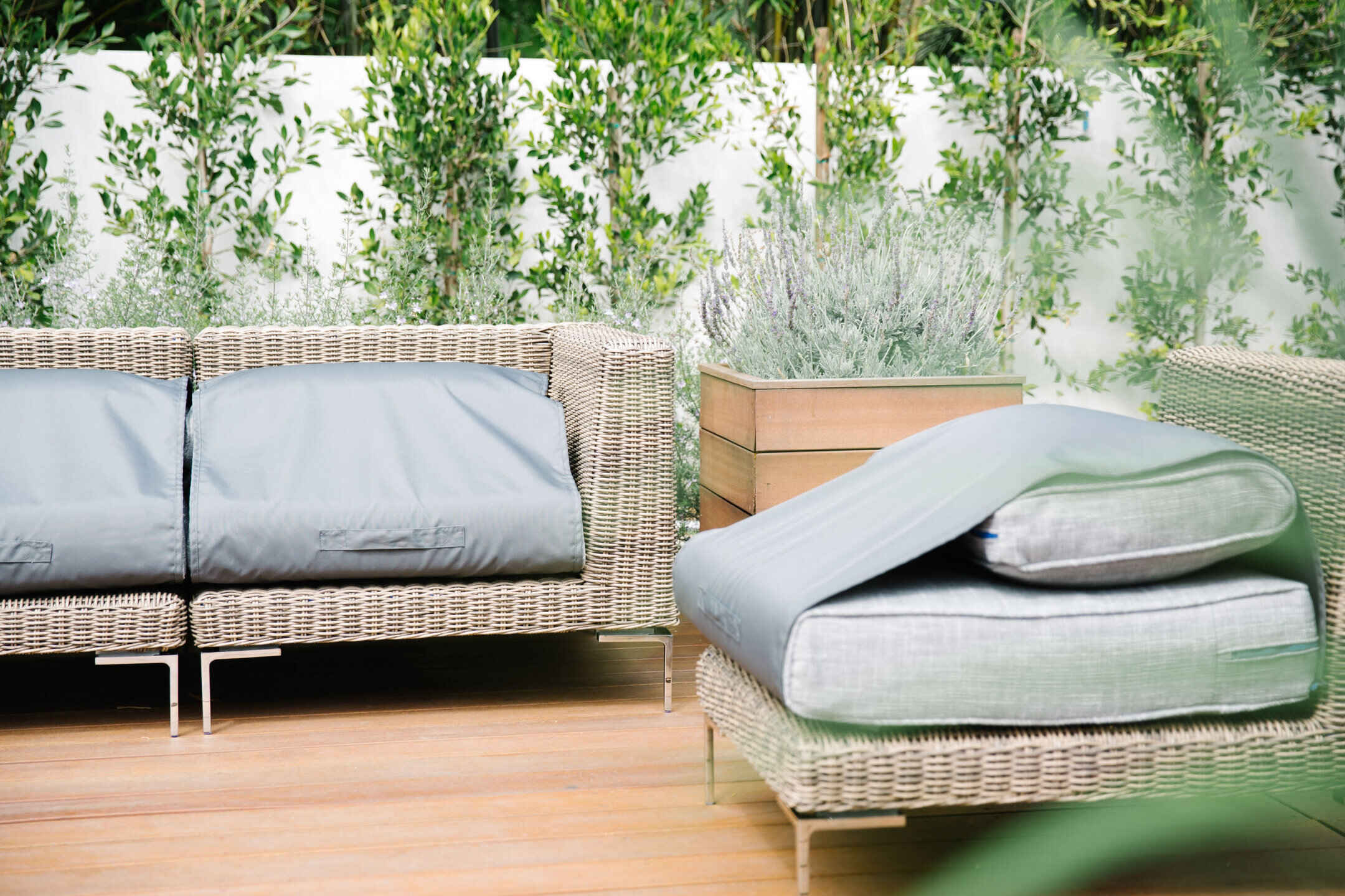
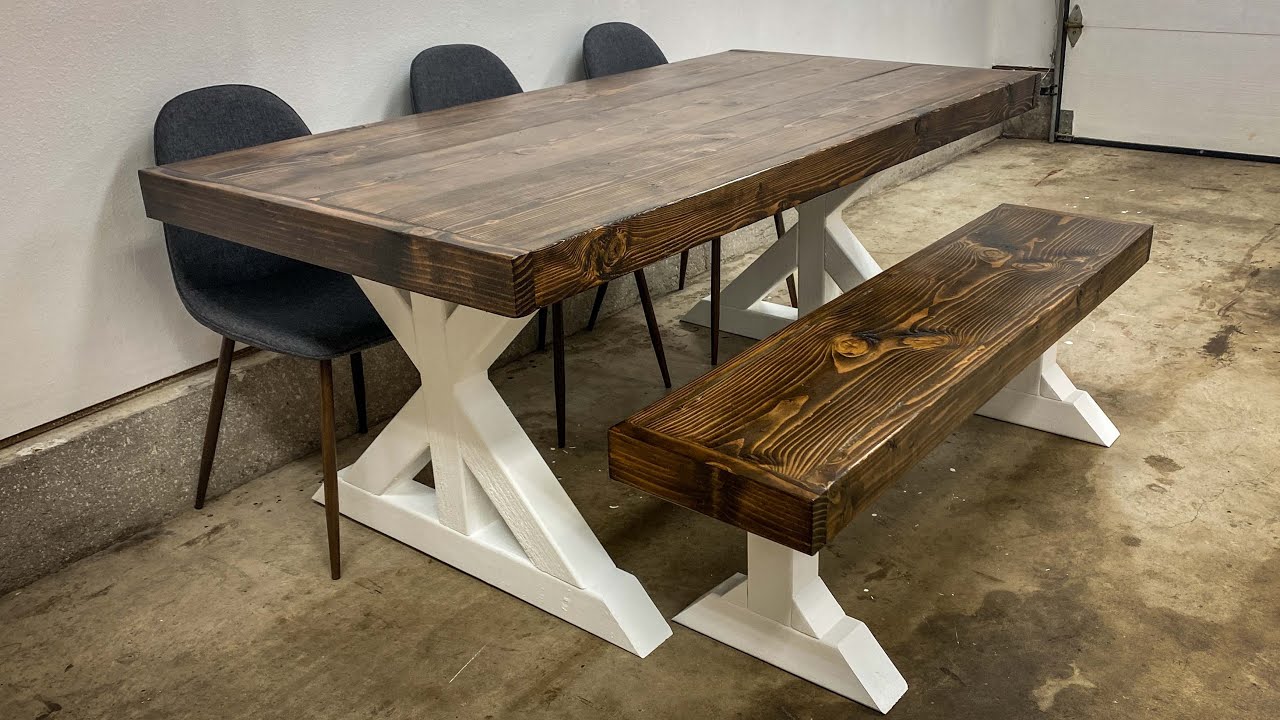

0 thoughts on “How To Build Outdoor Dining Furniture”